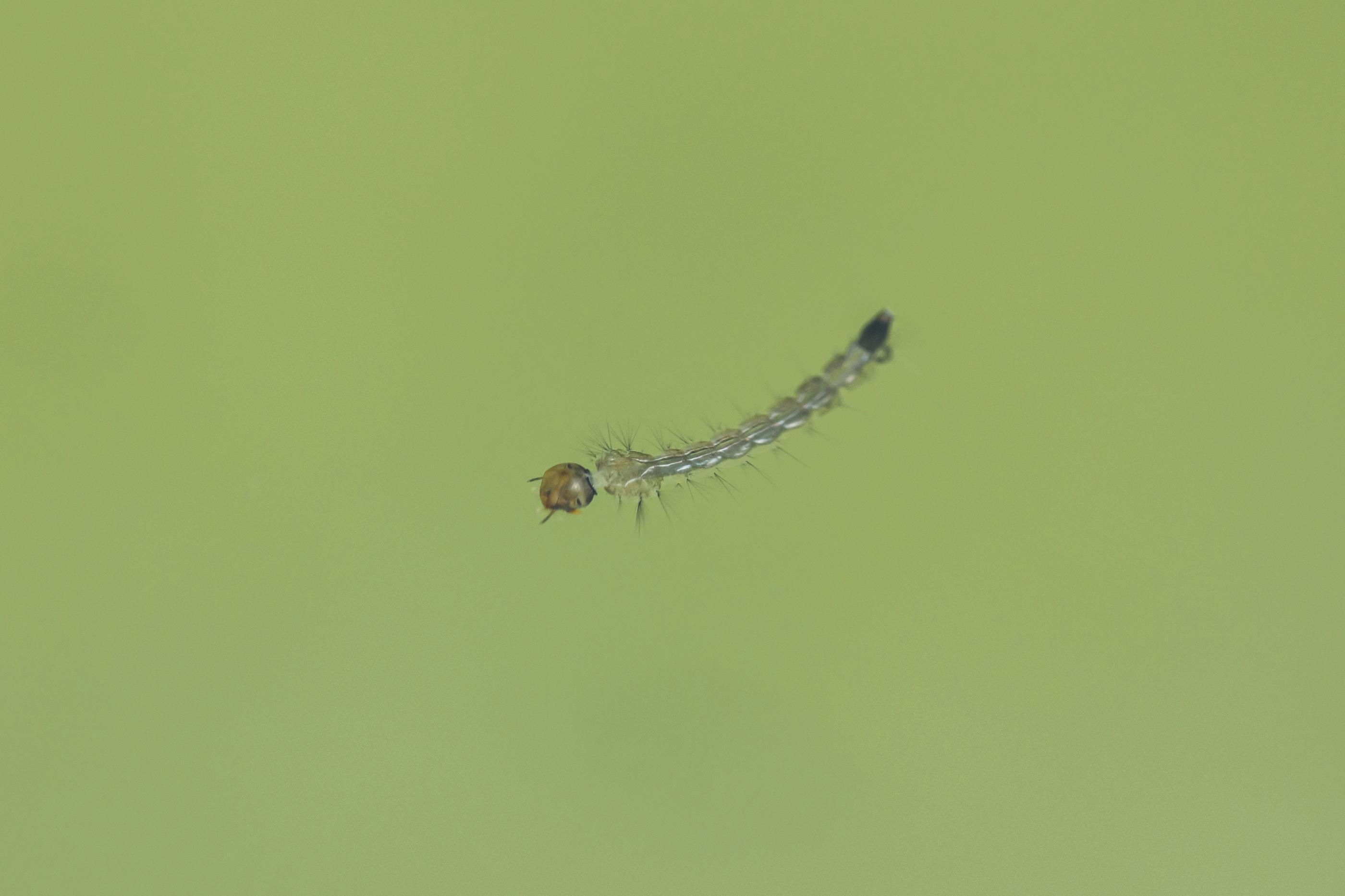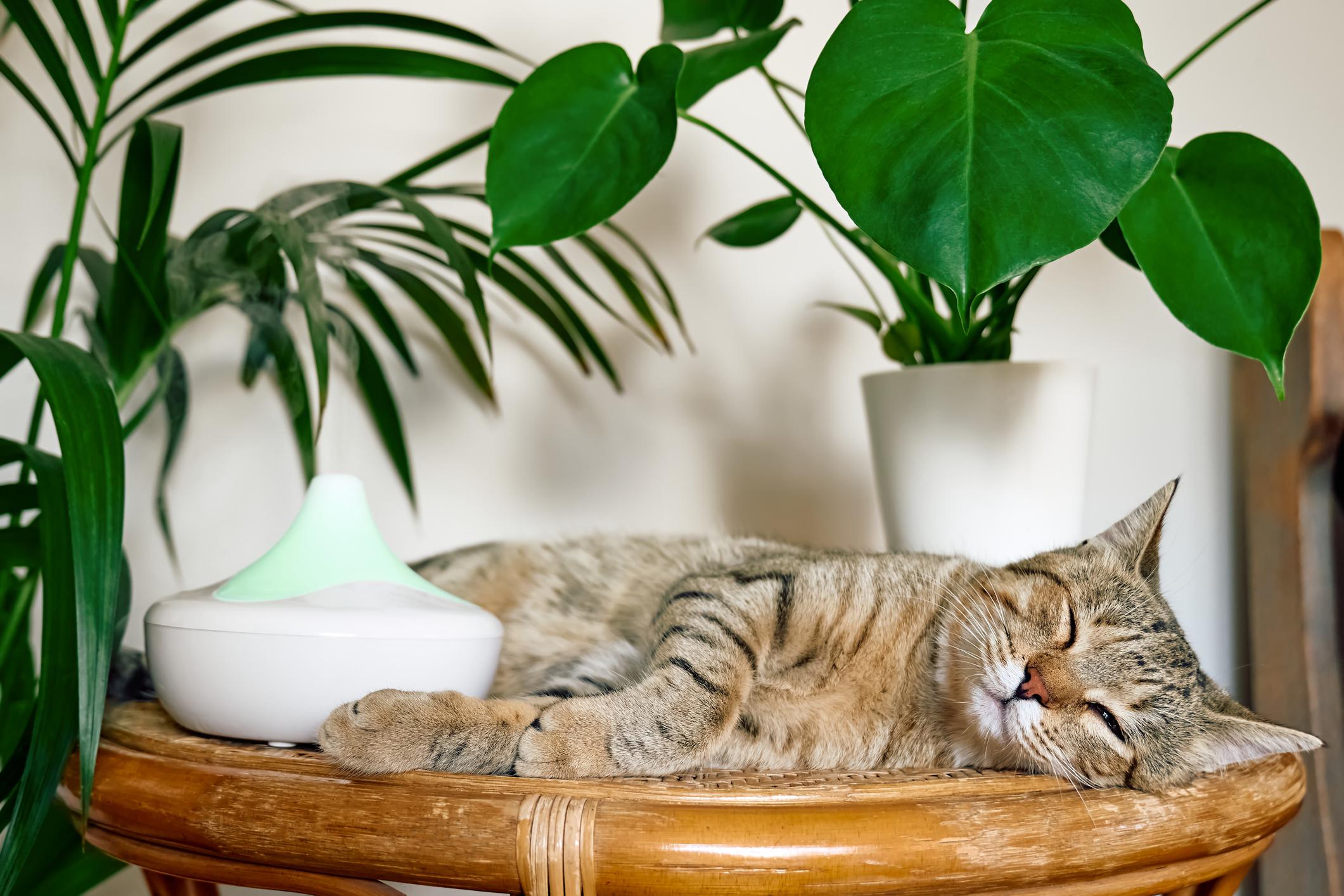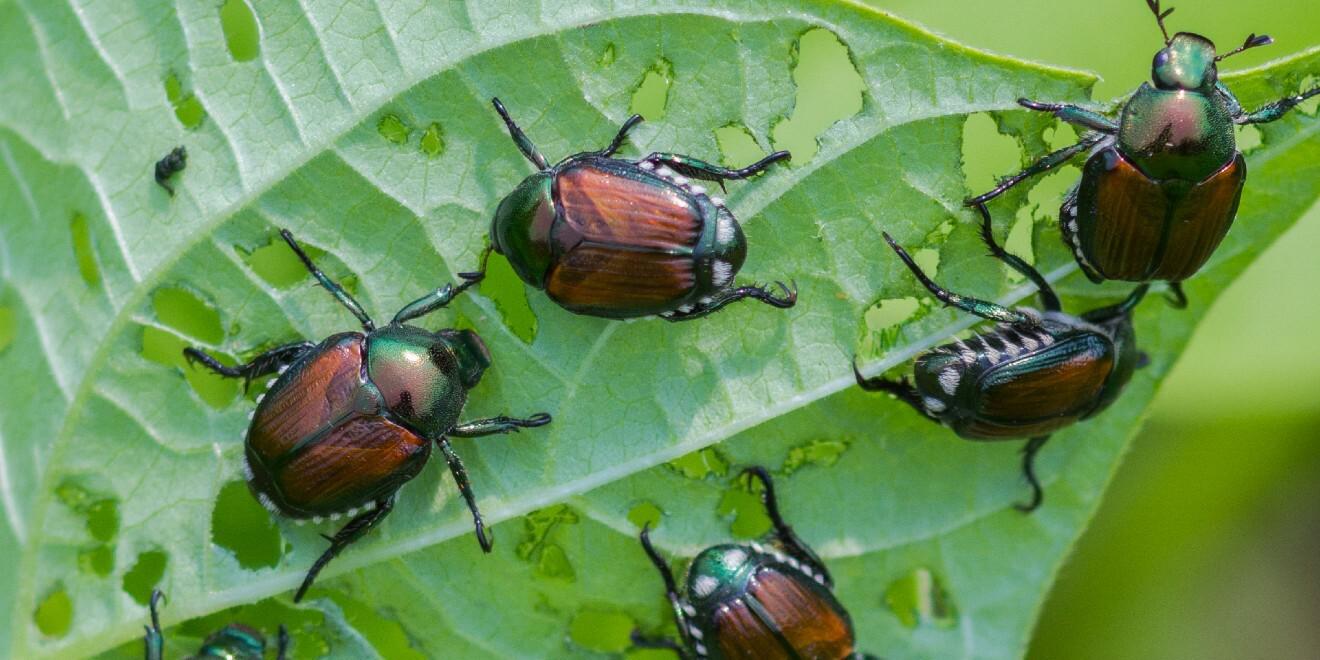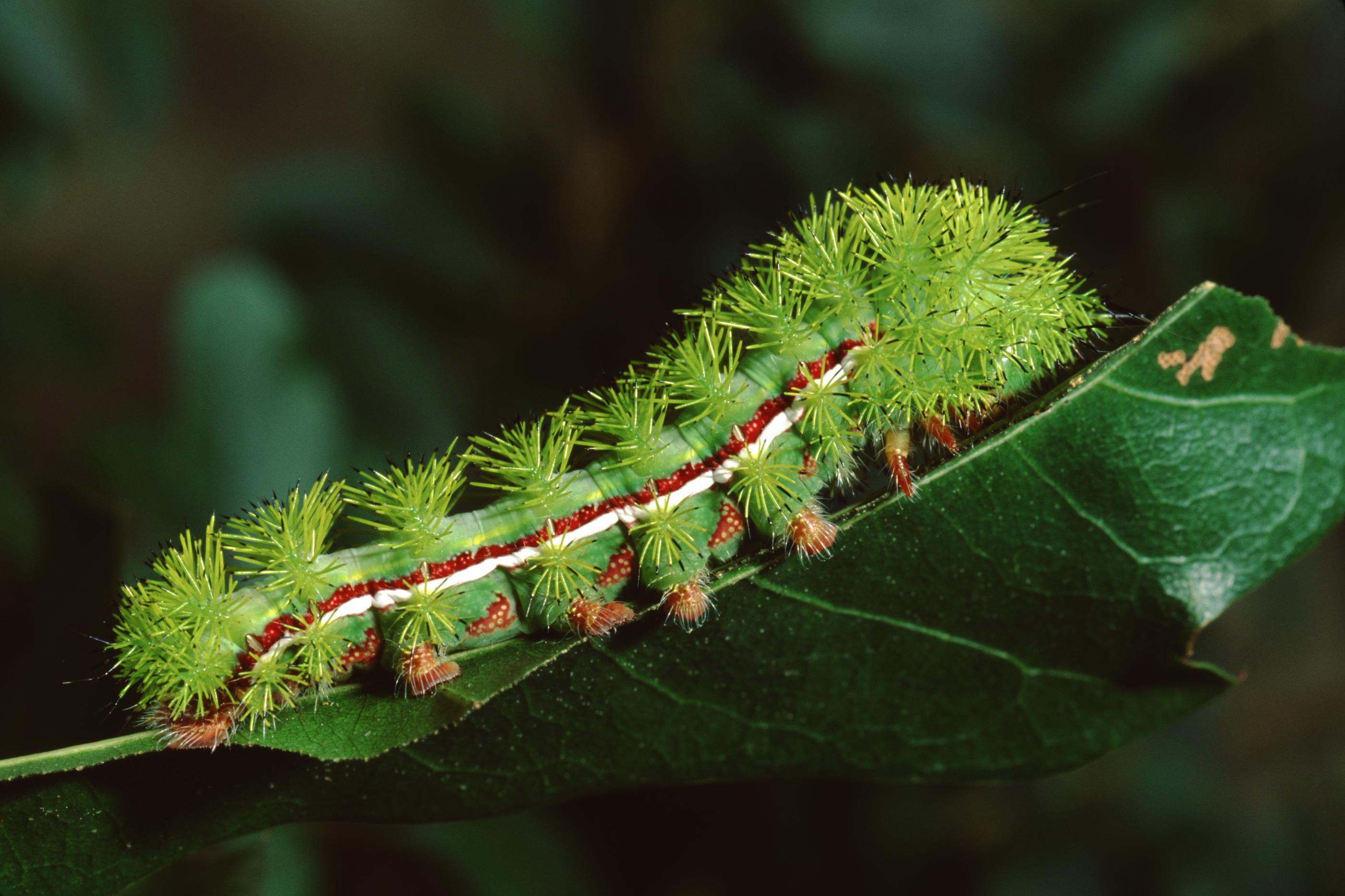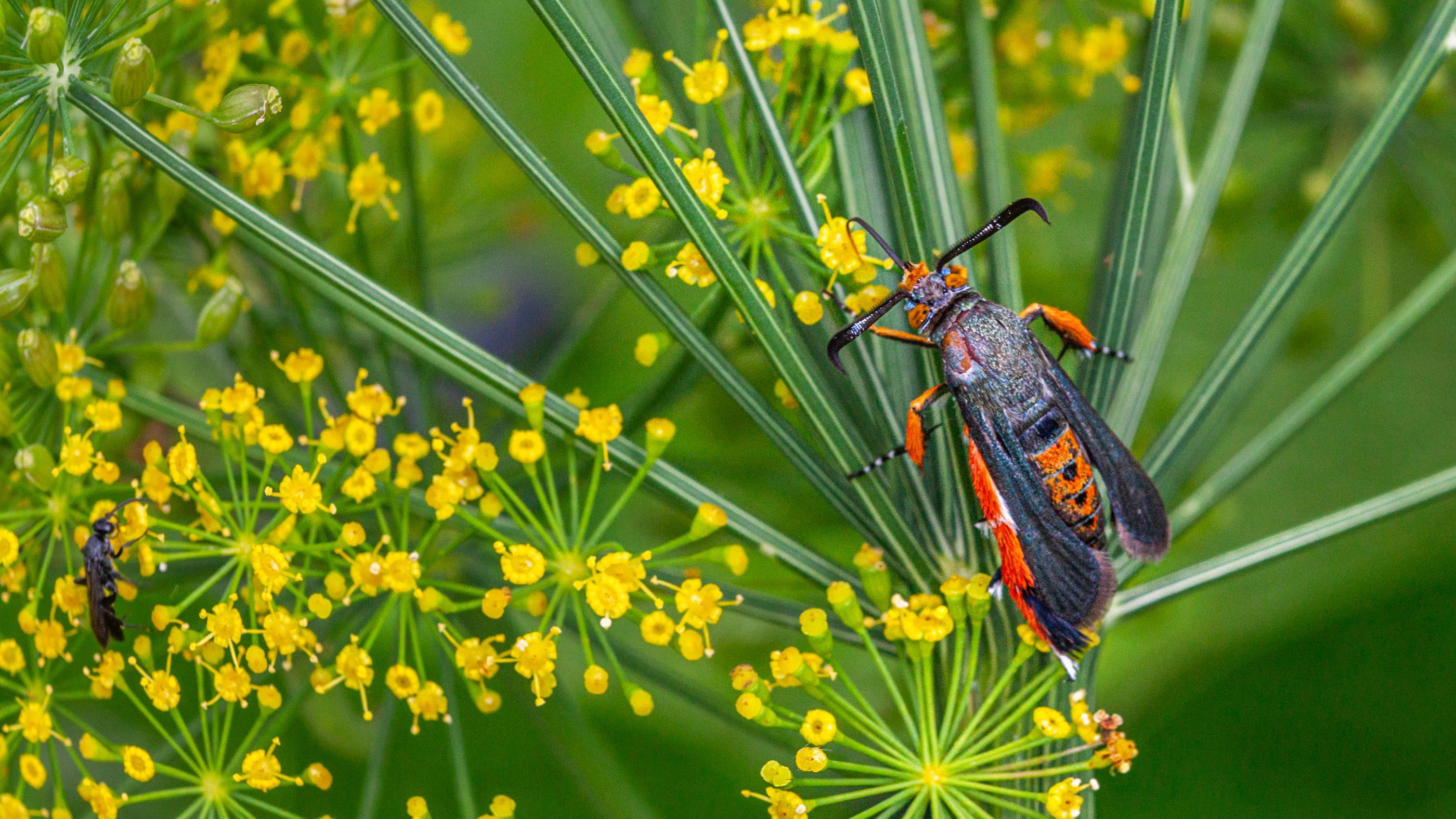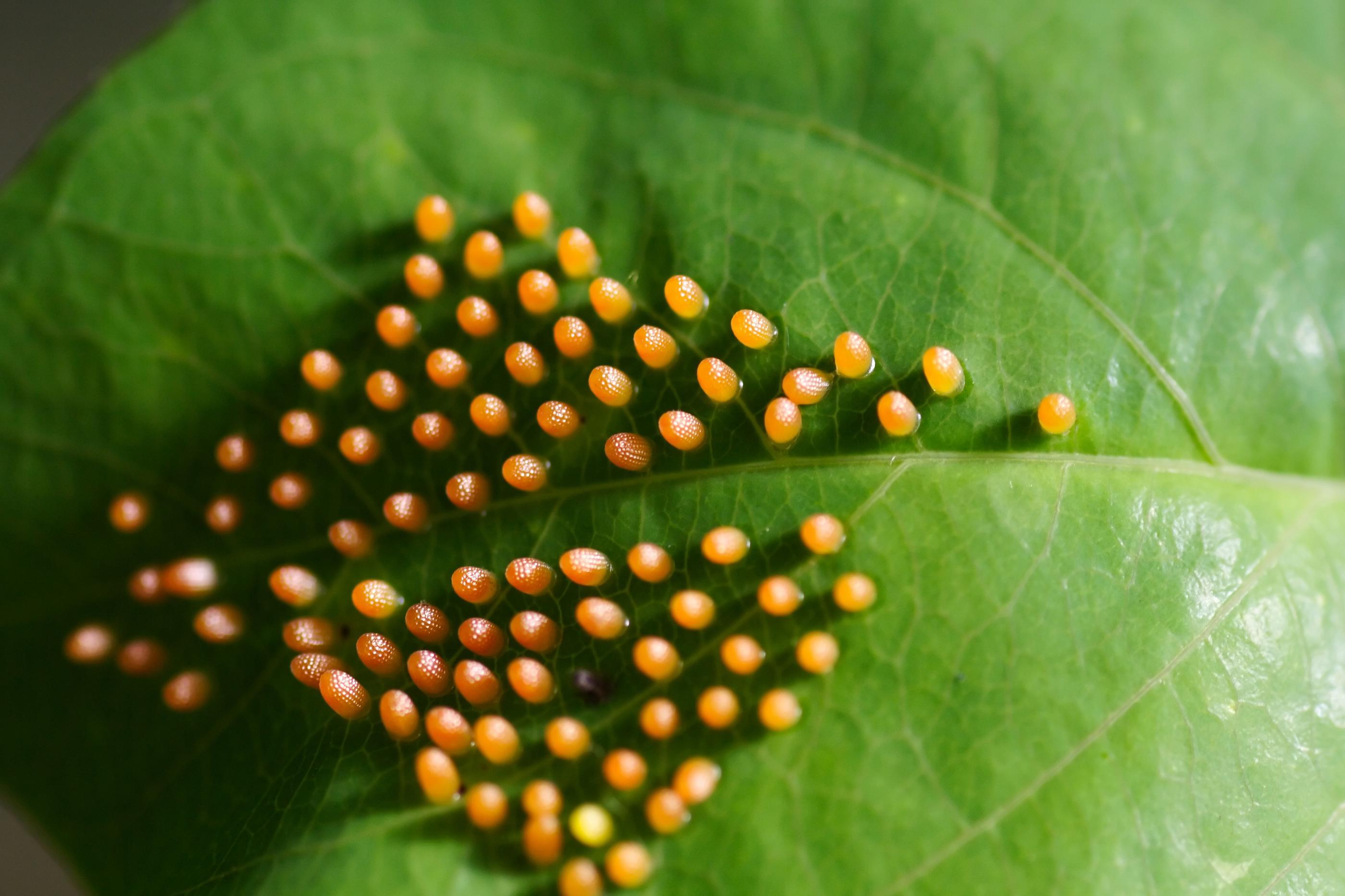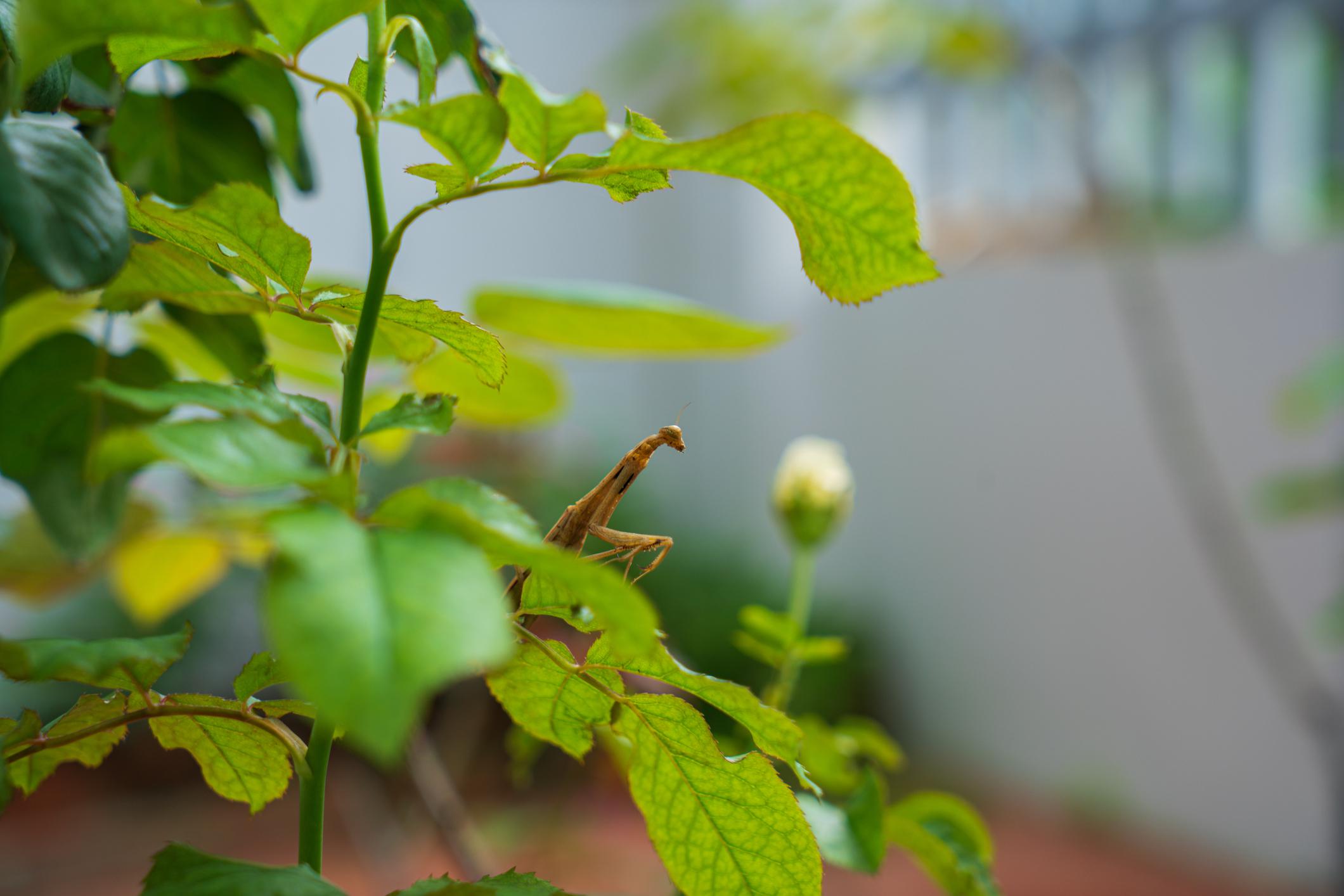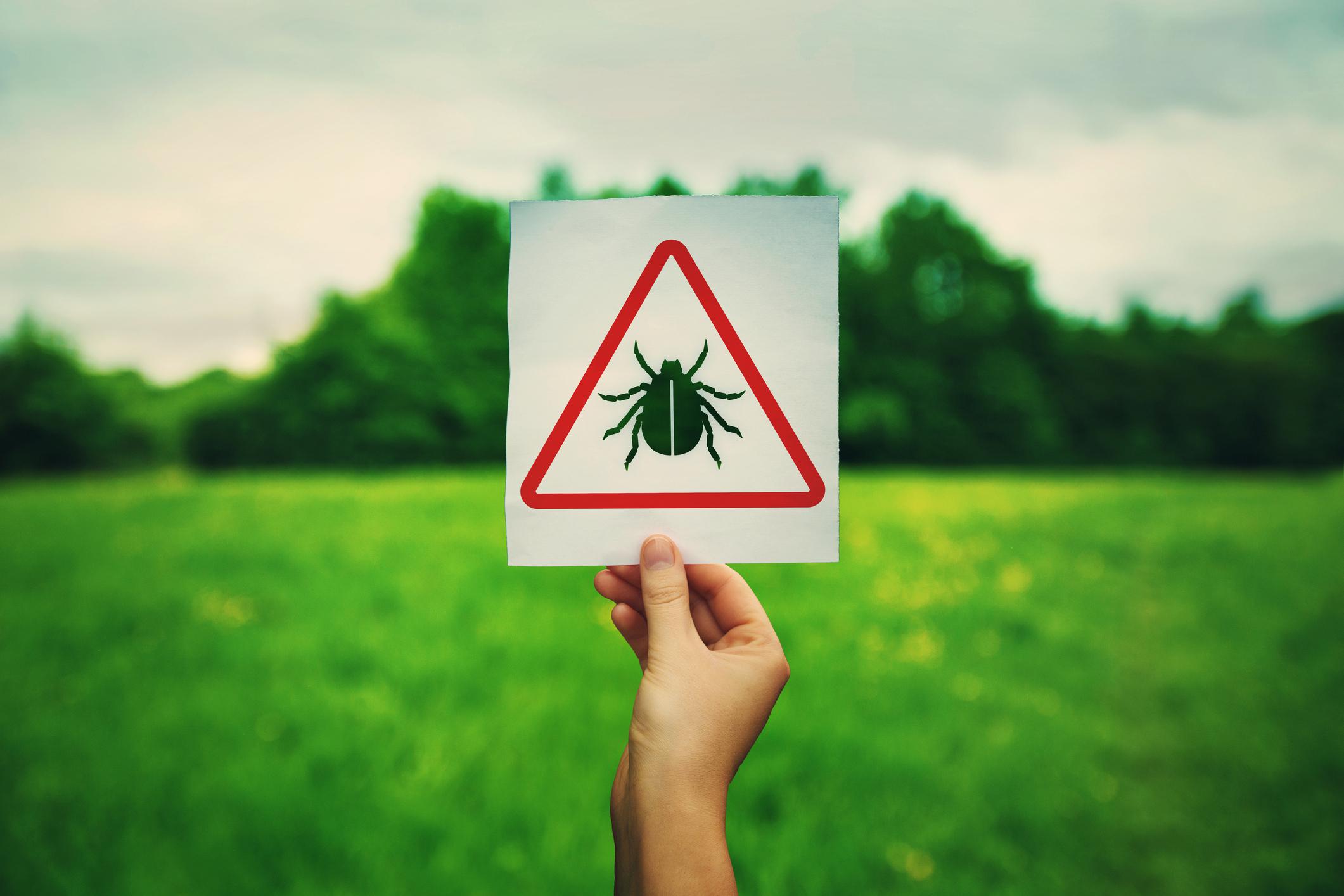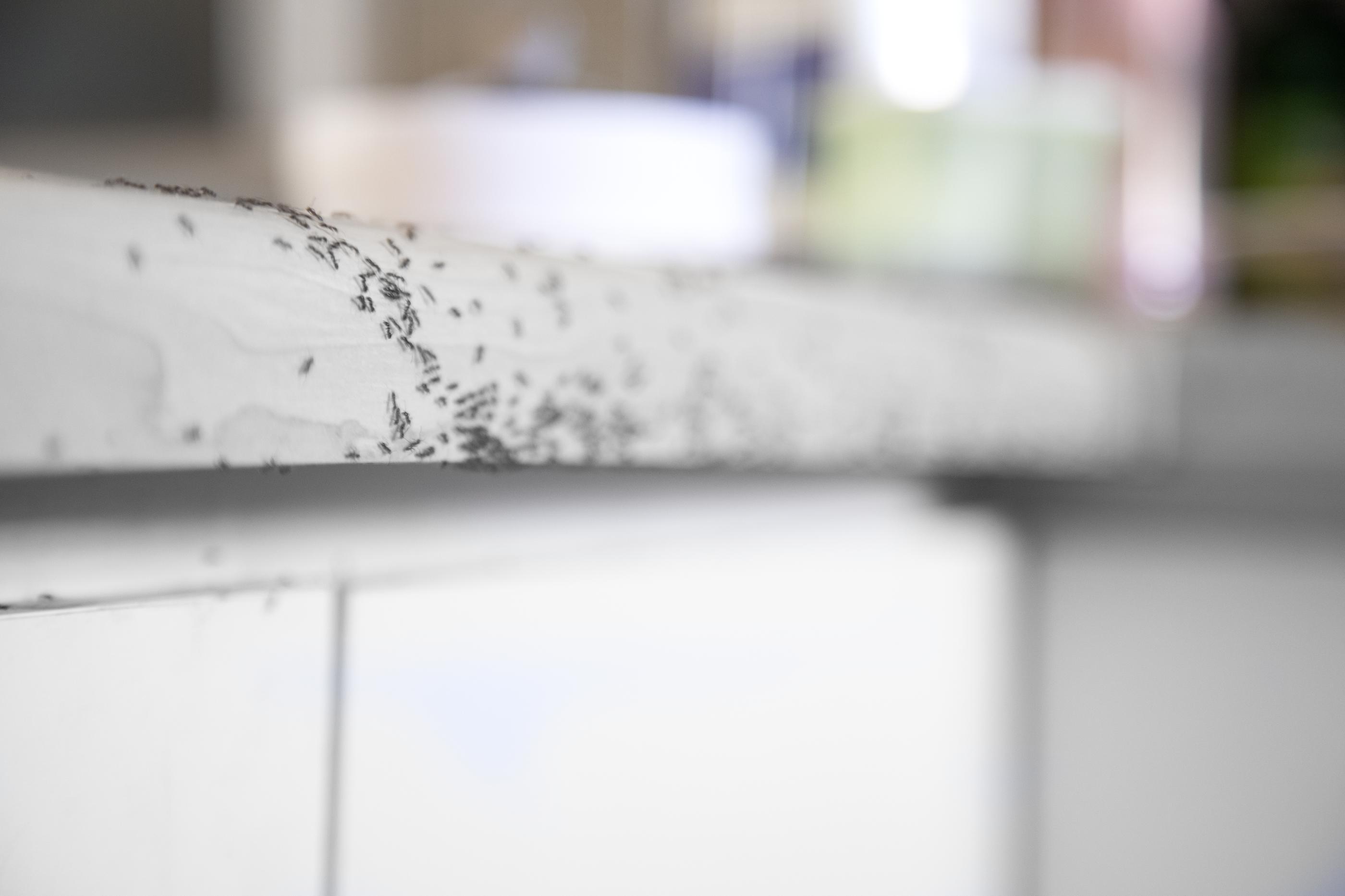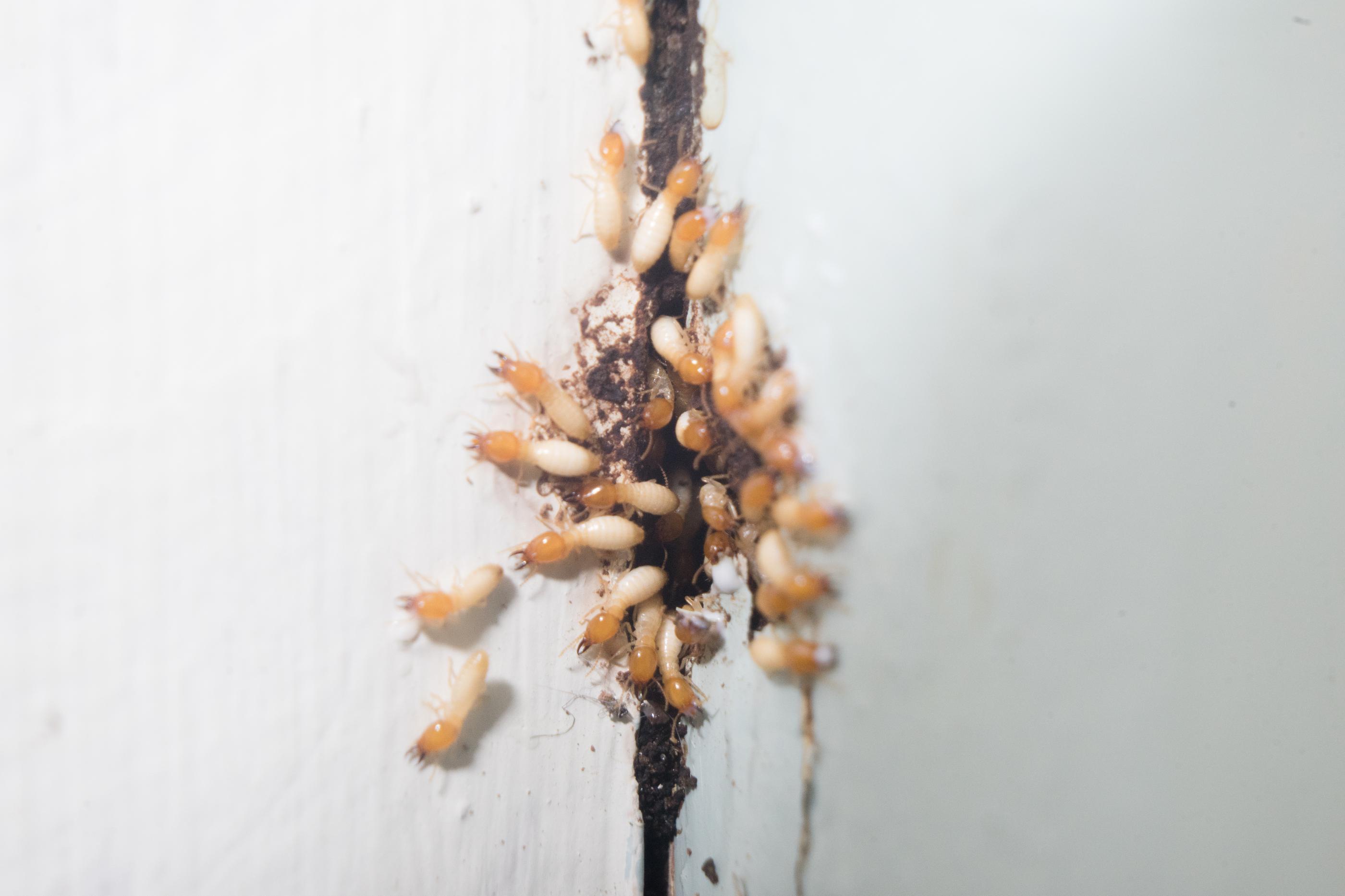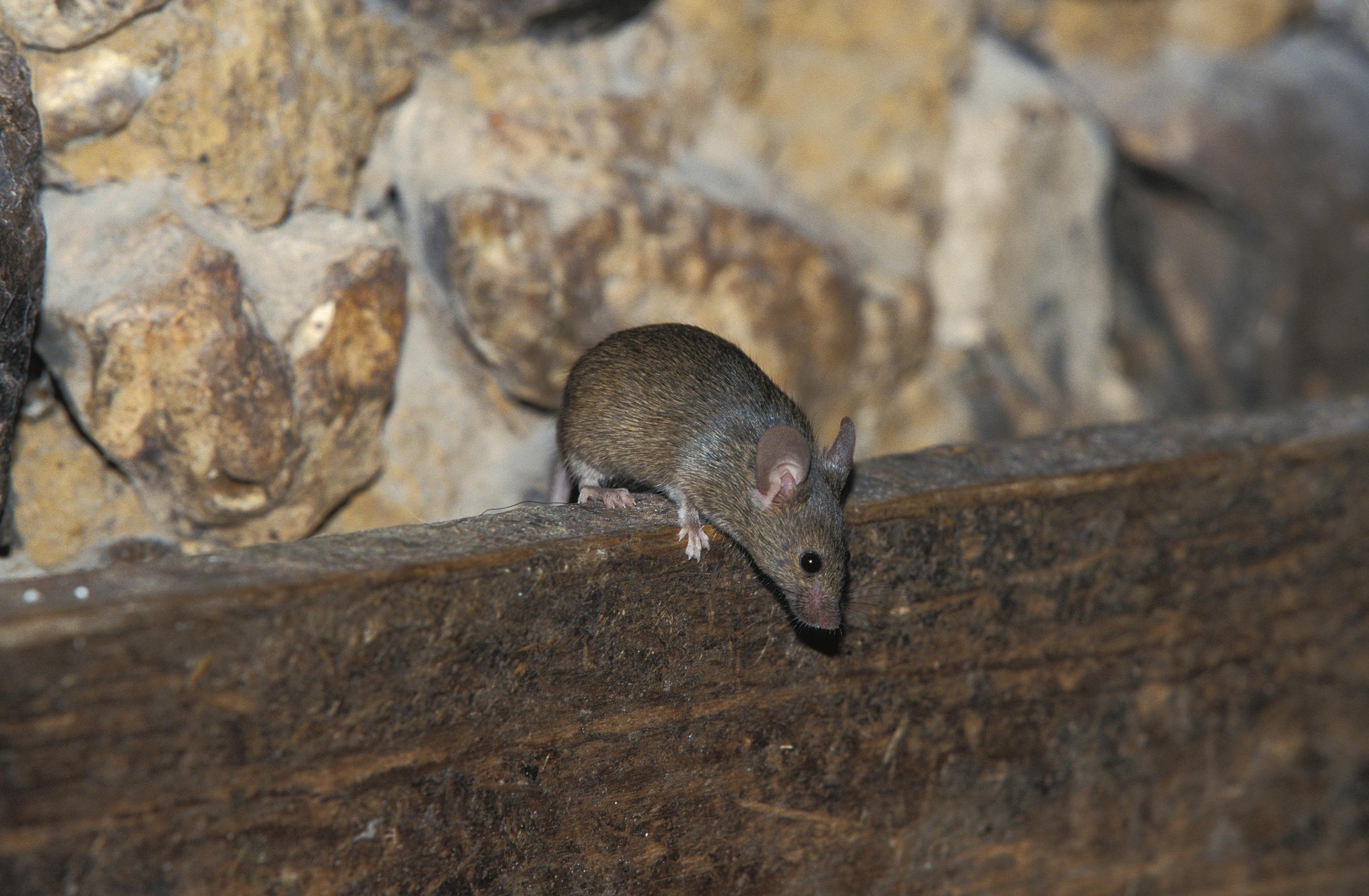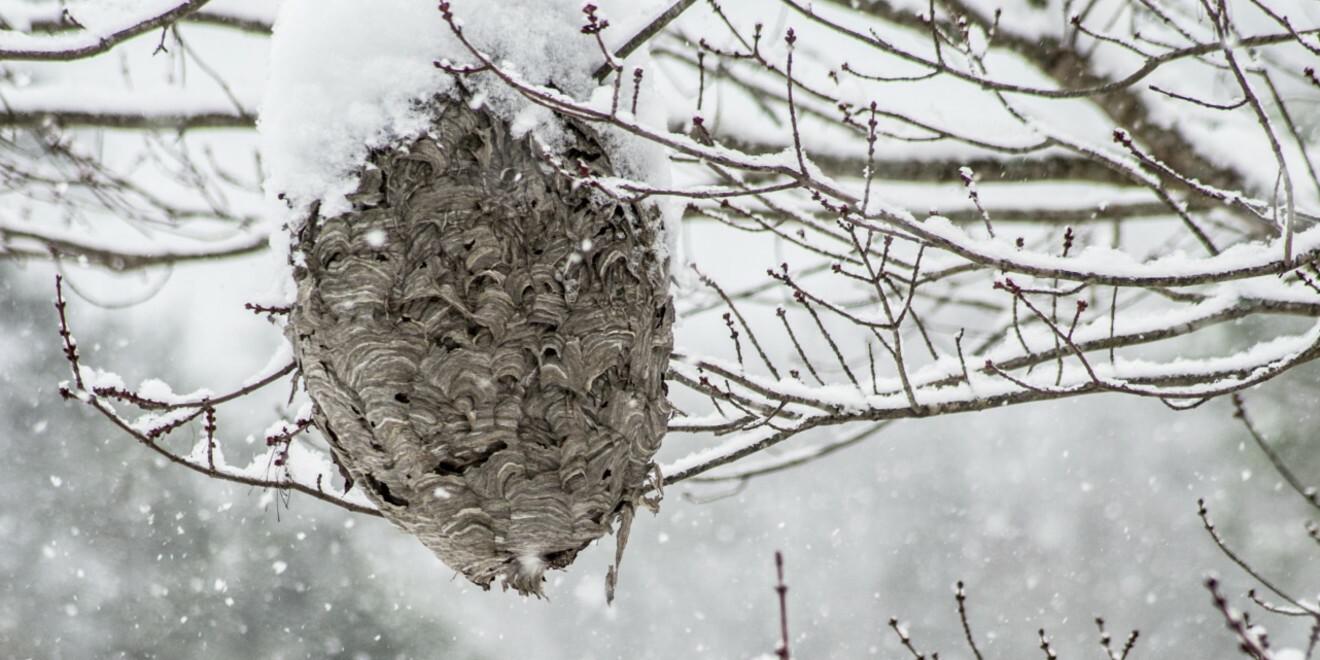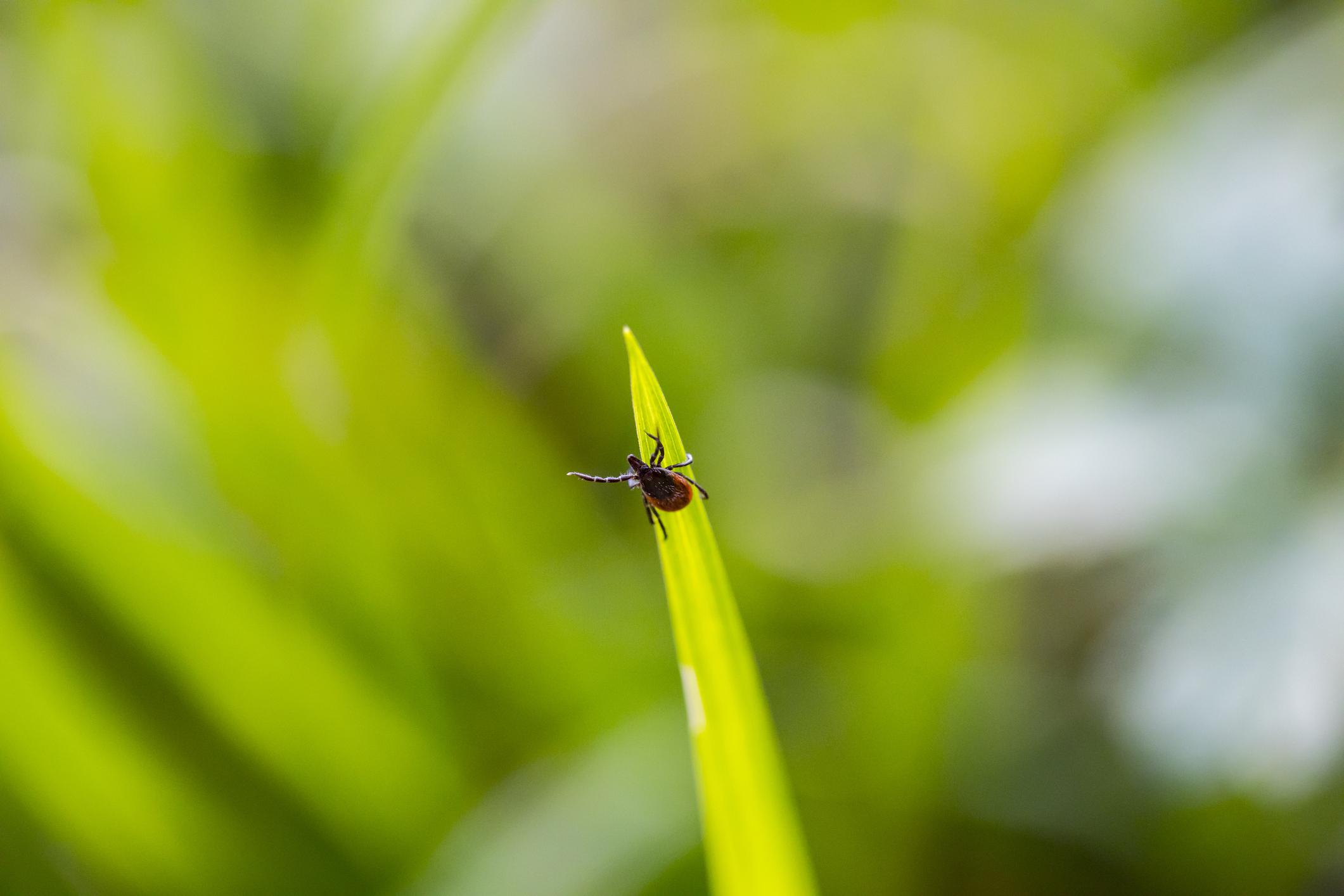The Myth of the Mosquitofish
Posted by Mosquito Squad
June 13, 2016
Standing water is prime territory for mosquito breeding because larvae thrive in just about any amount of water, including ponds, bird baths, pet bowls, and tires. The larvae from some species can even survive in damp areas or minuscule amounts of water.
The best way to keep mosquito populations in check is to remove all standing water from your property or apply a mosquito treatment to permanent water. However, some people opt for chemical-free solutions and simple, DIY ways to protect yourself from mosquitoes.
Using small insectivorous fish is becoming a popular way to get rid of mosquito larvae and prevent infestations. There are one species, aptly named the mosquitofish, that is most often used for this purpose. However, it may not be the magic bullet that people believe it to be.
The eastern mosquitofish, or Gambusia holbrooki, is a small but voracious eater that is adapted to feed at the water’s surface. They are native to Virginia, but they have spread rapidly because of human introduction.
Mosquitofish Facts
The mosquitofish only grows to about one and a half inches long, but they eat almost everything, including worms, mites, small crustaceans, insects, snails, tadpoles, algae, and of course, mosquito larvae and pupae. They are also aggressive toward other fish, often shredding the fins of large fish or eating the eggs and young of cohabiting species such as largemouth bass and common carp.
According to the Virginia Department of Game and Inland Fisheries (VDGIF), there is no conclusive evidence that mosquitofish are effective at mosquito control because research results vary greatly.
However, the fish is still sometimes used in artificial bodies of water that do not have natural mosquito predators. These instances include ornamental ponds, drainage dishes, bird baths, etc. VDGIF warns these waterbodies must not drain into a natural system, like a river or lake, because the mosquitofish could escape and establish populations in the wild.
Things to Consider
If you are considering using mosquitofish to control mosquito populations on your property, it’s important to consider the risks and take precautions to avoid introducing the fish into the wild. Because the mosquitofish is such an aggressive species, it can severely reduce or eliminate native species of amphibians, fish, and aquatic insects. In some cases, introducing mosquitofish can worsen a mosquito problem because they outcompete other natural mosquito predators. This is why you must apply for a permit through VGDIF before releasing any mosquitofish into artificial waterways.
So, if mosquitofish aren’t the answer, how can homeowners prevent mosquitoes from taking over their ponds without the use of chemicals? Many do not realize that most species of fish will also eat mosquito larvae and pupae. Instead of mosquitofish, advocacy organizations recommend using fish that are native to your region. VDGIF reports that killifishes and topminnows, which are native to Virginia, are regarded as more efficient mosquito control agents than mosquitofish. These native species do not harm other native populations. They could be the perfect solution to keep your pond or water feature mosquito-free without the use of chemicals.
If you’re losing the battle against mosquitoes in your backyard, contact us today to find out about our long-lasting treatments and our services to neutralize abandoned pools.

